How do you overcome the difficulties of making parts out of challenging raw stock? By using a tool that’s even tougher. Consider a change from steel taps to carbide taps.
When to Use Carbide TapsWhile high speed steel (HSS) taps have a practical top limit of around 35-40 HRC before tool life becomes severely limited, carbide is often used in materials with hardness up to 65 HRC (the ones that chew up HSS in no time). With the appropriate style for the application, tool life of carbide can be 520 times that of HSS, with the added bonus of superior accuracy. What Carbide Taps to UseThat’s easy. GWS Tool Group carbide taps are American made from high-quality C2 micro-grain carbide by highly skilled machinists on state-of-the-art equipment, and are backed by decades of experience from our support staff. |
We offer carbide taps in UN and Metric sizes as well as straight and NPT/F Pipe and STI Standards. A wide range of styles and features are available, including straight flute, spiral flute, spiral point, and forming taps. For increased performance and life, we can customize tools with a full line of surface coatings such as TiN, TiCN, and TiALN.
How to Use Carbide Taps
Here’s some additional tips. Coolant holes through the taps are an option for flushing chips out of the holes on the most difficult materials like some of the tougher stainless steels and space-age alloys. Carbide STI (Screw Thread Insert) tapping of these materials has become commonplace in the aeronautical and aerospace industries.
The Why of Carbide Taps
An alternative to costly larger sizes is our line of CarbISert® Taps. Solid carbide cutting surfaces are bonded onto a high-speed steel body to provide the best of both worlds; durability of carbide with the “forgiveness” of a steel body and shank.
So, don’t let difficult materials give you a “hard” time. Contact us anytime and put our carbide taps to work for you.
Watch for Part 2 of this series on carbide taps!
Coming in August 2021: The Different Types of Carbide Taps and When to Use Them

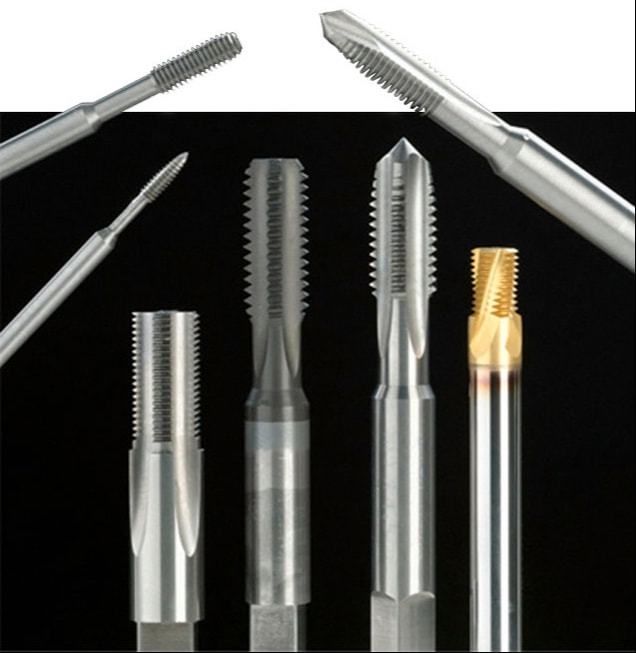
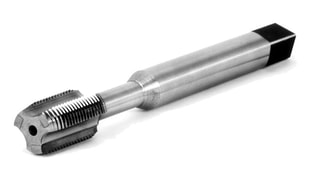


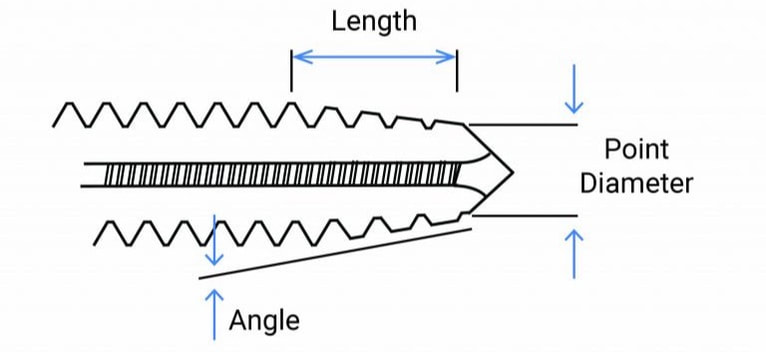
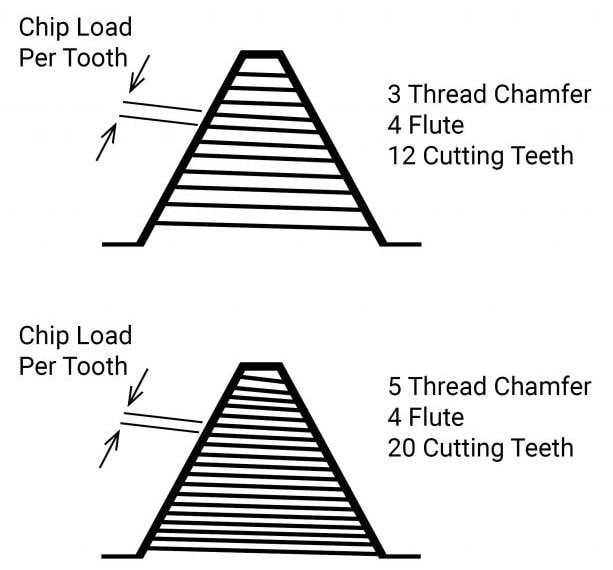
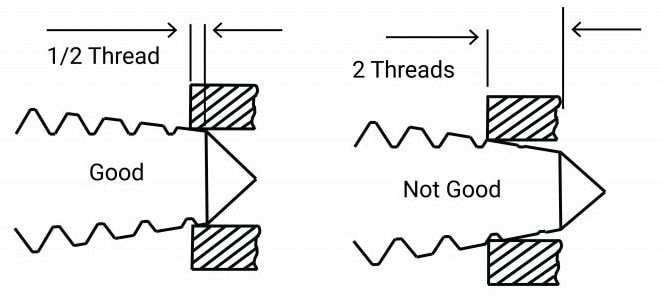
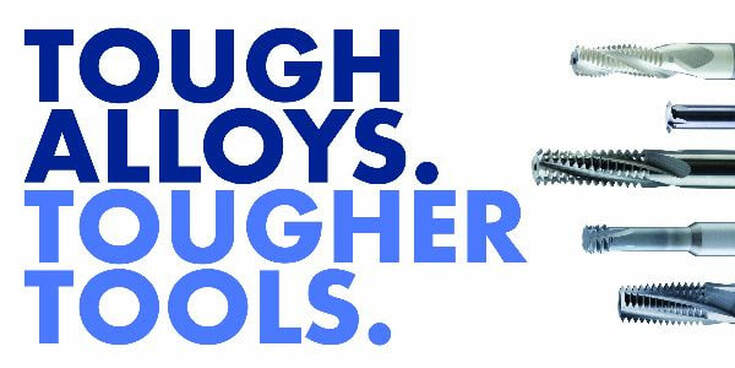
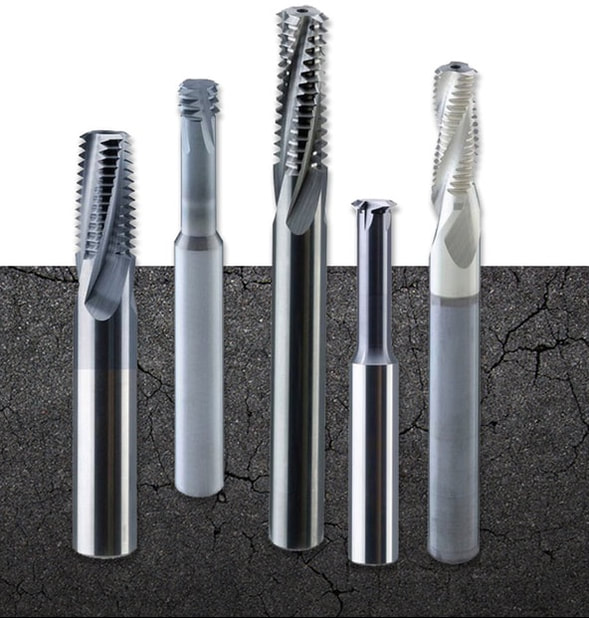
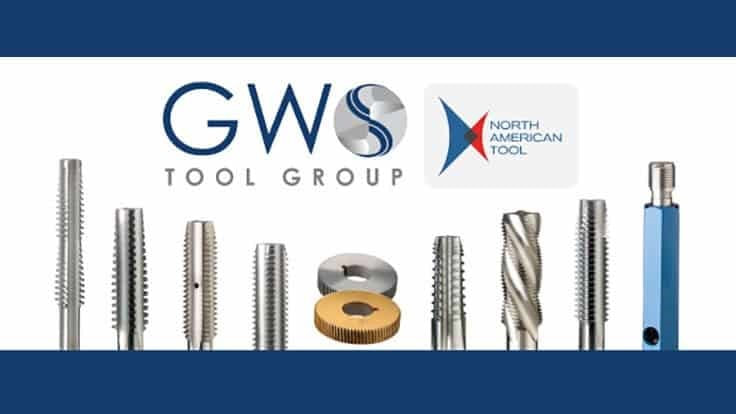
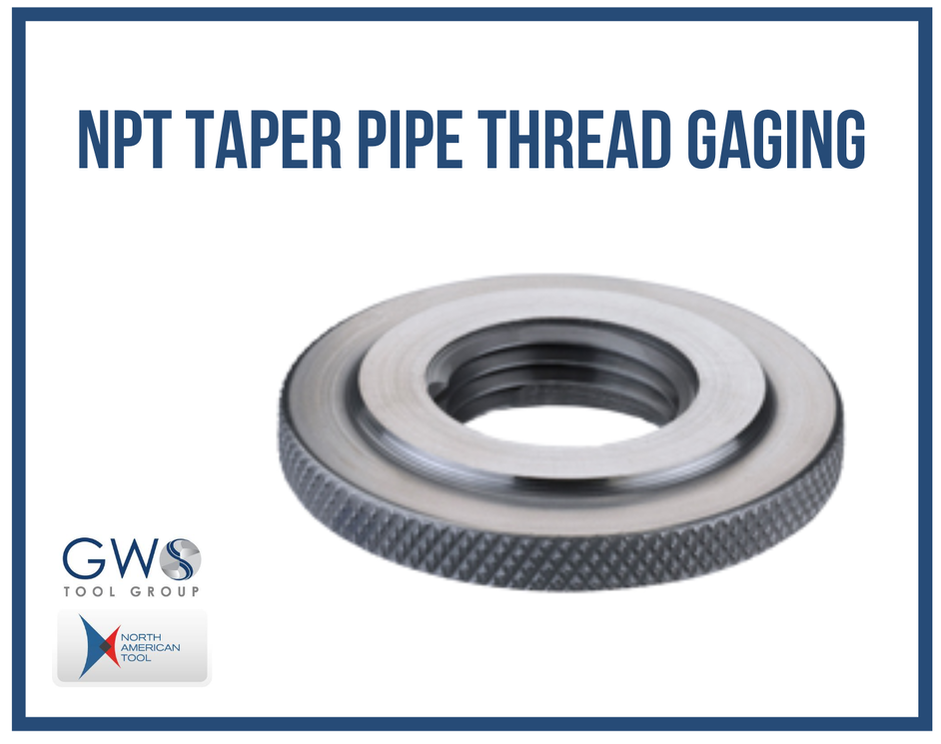
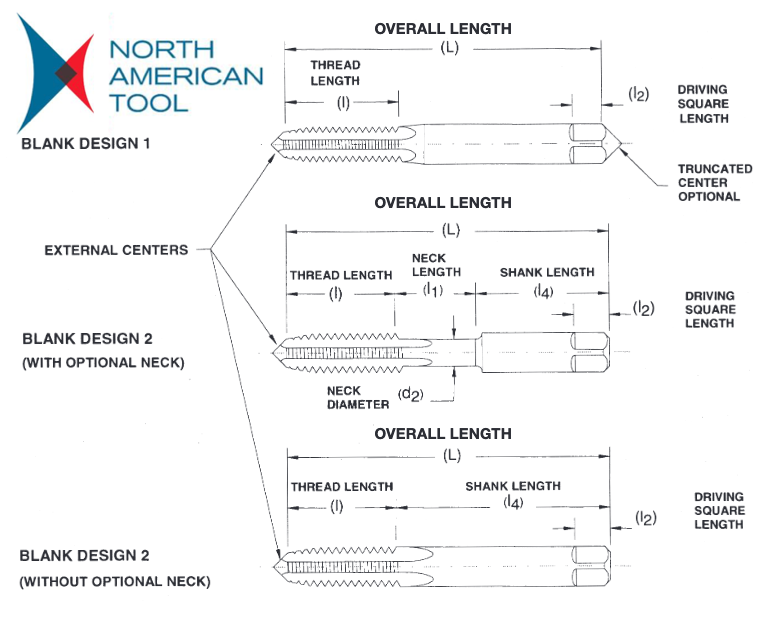





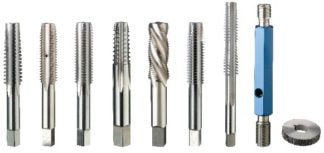


 RSS Feed
RSS Feed